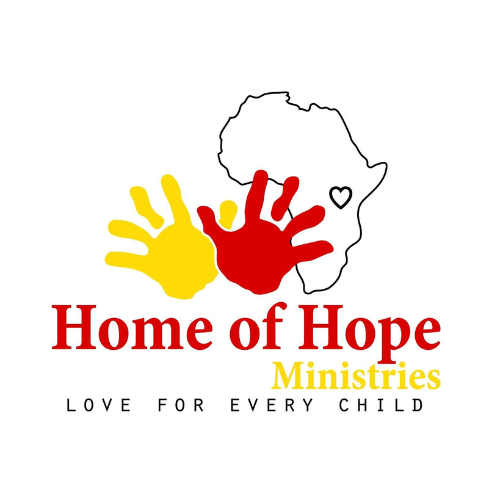Common Disabilities At Home of Hope
/Home of Hope Uganda was founded to help children living with disabilities in Uganda. While the children living at the home are not all affected by the same disabilities, there are some common disabilities which many children have. This post aims to educate about some of the disabilities and diseases that our children live with, to help illustrate their various special needs and the breadth of the care we provide.
Cerebral Palsy
Many, many children at the Home of Hope have cerebral palsy (CP). Cerebral palsy is caused by abnormal brain development, or brain damage. This damage occurs before or shortly after birth, or while a child is 3-5 years old. Cerebral palsy affects muscle tone, movement and motor skills, meaning those with the disability have a hard time moving on their own or in a coordinated way. Cerebral palsy can also impact other motor-skill related functions, including muscles, breathing, eating and talking. Sometimes, the brain damage that causes CP can lead to other issues including learning disabilities, or difficulty with sight or hearing. Cerebral palsy can be treated through assistance in daily activities, as well as by providing children with wheelchairs to assist mobility.
Hydrocephalus
Another common disability we see at the Home of Hope is hydrocephalus, which is characterized by a large shaped head, or a rapid increase in head size. Hydrocephalus is most common among infants and the elderly, and impacts some of our younger residents. Medically, Hydrocephalus is caused by a buildup of fluid within brain cavities, which puts pressure on the brain. If untreated for too long it can damage brain tissue and cause various impairments. Hydrocephalus can be treated through a surgical procedure to drain fluid from the brain.
Epilepsy
Epilepsy is a neurological disorder characterized by recurrent seizures, which may be mild to severe. Seizures can be caused by a brain injury or genetic disorder, but often their source is unknown. Epilepsy can be treated with medications.
Muscular Dystrophy
Muscular dystrophy is a disease which causes weakness and a loss of muscle mass. It is caused by gene mutation, and the disease is progressive, meaning it worsens with age. Although there is no cure, muscular dystrophy’s symptoms can be managed or slowed down with therapy and medications.
Spina Bifida
Spina bifida impacts the spine, and occurs when the spine’s neural tube does not form properly or close all the way. Spina bifida can result in damage to the spinal cord and nerves, which can lead to various physical and intellectual disabilities. This condition usually presents itself at birth, and disabilities can range from mild to severe depending on the size and the nerves affected.
Down Syndrome
Down syndrome is a genetic disorder, caused by chromosome 21. The disorder can result in developmental or intellectual delays, as well as physical effects. Those with down syndrome may benefit from physical therapy and special education.
Developmental Delay
Some of our children experience developmental delay, or delayed milestones. This means they achieve their milestones (reading, speaking, motor skills, etc.) late as compared to their peers. Children with developmental delays may need special education or attention.
Other Disabilities
Some children at the Home of Hope are also living with the following disabilities or ailments.
Blindness
Deafness
Intellectual or Learning Disabilities
HIV
Autism Spectrum Disorder
Sickle Cell Disease
Osteogenesis Imperfecta (Brittle Bone Disease)
You can learn more about the children living at Home of Hope on our website. All donations go towards the care and treatment our children need - make a donation now.
This article uses information from the following sources: KidsHealth, MayoClinic, Epilepsy Foundation, MayoClinic, CDC, NDSS.




